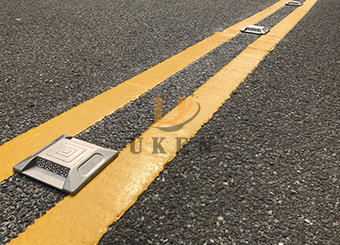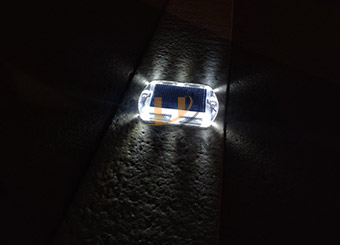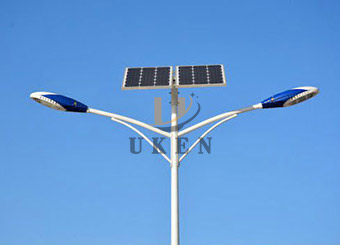Traffic lights are devices that use red, yellow, and green light signals to guide and regulate vehicles and pedestrians on roads. Though they may seem simple, they play an indispensable role in modern traffic systems. Their importance permeates every critical aspect of traffic operations, influencing the travel experience and safety of every road user.
One of the most direct functions of traffic lights is to provide clear instructions for vehicles and pedestrians. When the red light is on, vehicles and pedestrians must stop; when the green light is on, they may proceed in an orderly manner; and the yellow light serves as a warning transition. This clear guidance effectively prevents conflicts caused by differing interpretations among traffic participants, thereby reducing collisions and other traffic accidents at their source.
On roads, pedestrians and cyclists are relatively vulnerable traffic participants. Traffic signals designate specific crossing times for them, such as the green light period for pedestrian crossings, allowing them to cross the road in a safe environment and significantly reducing the risk of being hit by vehicles.
Statistical data shows that at some intersections that were previously prone to accidents, the installation of traffic signals has significantly reduced the incidence of traffic accidents. For example, at an intersection in a certain city without traffic signals, there were an average of over 20 traffic accidents per year. After installing traffic signals, the annual accident rate dropped to fewer than five incidents, clearly demonstrating their value in ensuring safety.
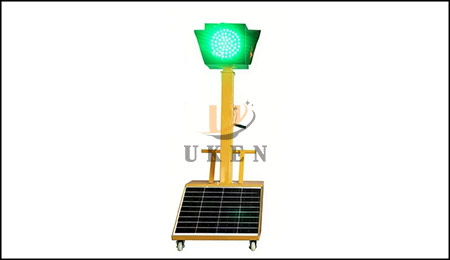
What is the Importance of Traffic Signal Lights
Road intersections are convergence points for traffic flows. Without rules to govern them, vehicles and pedestrians from different directions are prone to chaos. Traffic signals allocate passage rights reasonably, allowing traffic flows from east-west, north-south, and other directions to alternate in an orderly manner, effectively preventing congestion and conflicts at intersections.
Over time, the presence of traffic signals has continuously reinforced participants’ awareness of adhering to traffic rules. Through daily commuting, people have gradually developed the habit of following signals and maintaining order, which further stabilizes overall traffic order.
In special scenarios such as commercial districts, areas near schools, and venues for large-scale events, pedestrian and vehicle traffic is often highly concentrated. Without traffic signal regulation, chaotic situations where pedestrians and vehicles intermingle and refuse to yield to each other can easily arise. Traffic signals play a crucial role in such scenarios, ensuring orderly traffic flow.
Scientific traffic signal timing can be adjusted based on traffic flow during different time periods. During peak hours, the green light duration on main roads can be reasonably extended; during off-peak hours, the waiting cycle can be shortened to make waiting times more reasonable for both vehicles and pedestrians, thereby reducing unnecessary time waste.
Road resources are limited. Traffic signals precisely allocate access times for different directions, enabling vehicles and pedestrians on different lanes and in different directions to efficiently utilise road space. This avoids situations where some roads are idle while others are congested, thereby improving the overall utilization of road resources.
At a major intersection on a main road in a certain city, before signal timing optimization, vehicle queues during the morning rush hour often reached hundreds of meters in length, with travel times exceeding 20 minutes. After optimizing signal timing, vehicle queues were reduced to less than 100 meters in length, and travel times were reduced to approximately 10 minutes, resulting in a significant improvement in travel efficiency.
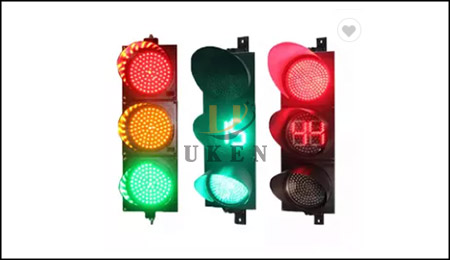
What is the Importance of Traffic Signal Lights
With the acceleration of urbanization, the number of motor vehicles continues to increase, leading to sustained growth in traffic volume. Traffic signal lights can flexibly adjust to changes in traffic volume, such as increasing signal phases or modifying timing schemes, to accommodate growing traffic demands and ensure the normal operation of the traffic system.
In intelligent transportation systems, traffic signals are a crucial component. They can integrate with traffic monitoring devices and vehicle navigation systems to share and analyze real-time traffic data, enabling more precise traffic management. For example, they can automatically adjust signal timing based on real-time traffic flow, making traffic management more intelligent and efficient.
For vehicles with special access needs, such as emergency vehicles and buses, traffic signal lights can play a special role. Through dedicated sensing devices or manual control, they can activate a ‘green wave’ for emergency vehicles, allowing them to pass quickly, or set priority signals for buses to improve public transport efficiency.
In summary, traffic signals play an irreplaceable role in ensuring road safety, maintaining traffic order, improving traffic efficiency, adapting to traffic development, and meeting diverse needs. They are the cornerstone of modern traffic systems and directly impact the safety and convenience of everyone’s travel. Therefore, the entire society should recognize the importance of traffic signals, strictly adhere to traffic signal instructions, and collectively maintain a good traffic environment.
